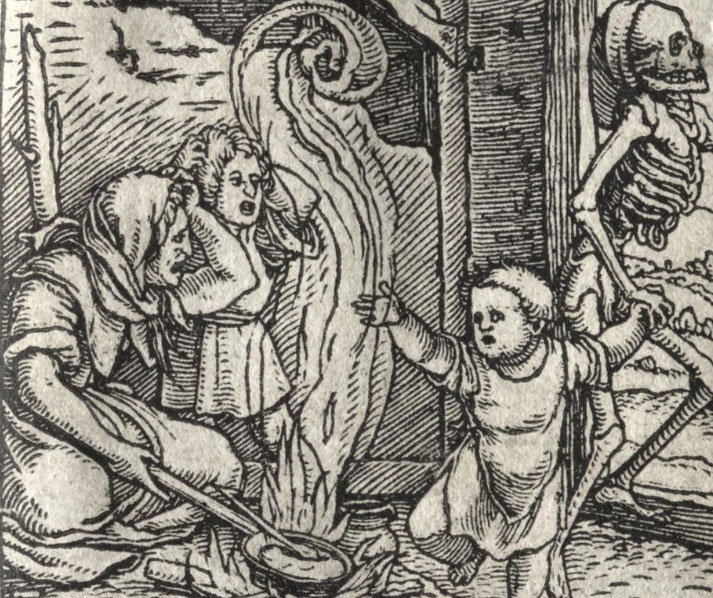What caused the deadly 'dancing plague' of 1518?

In the summer of 1518, the city of Strasbourg, which lay in present-day France, witnessed a strange and deadly event: the dancing plague.
For several weeks, hundreds of people were seized with an urge to dance uncontrollably in the streets, regardless of the scorching heat, and the exhaustion and injuries caused by their involuntary fits.
The epidemic reportedly took dozens of lives and left many more with lasting physical and mental health problems.
To this day, the causes of the dancing plague continue to elude scholars, but historians and scientists have proposed several theories to explain this strange and deadly event.
What was the 'dancing plague'?
The dancing plague began in July 1518, when a woman named Frau Troffea stepped out of her home and began to dance fervently in the streets of Strasbourg.
According to accounts at the time, Troffea danced for hours and ignored the pleas of her husband and neighbors to stop.
Within a week, 30 other individuals in the city also began to dance, and before long, the epidemic had spread to 400 people.
Many dancers were unable to cease for days, even weeks, and could only be stopped by exhaustion or collapse.
Strasbourg’s city council took the outbreak seriously and asked doctors who ruled out magical causes.
The main sources for the event include the writings of physician Paracelsus and local Strasbourg chronicle records, which documented the number of victims and the city’s response.
Officials erected wooden stages and encouraged people affected to dance in public halls, which may have worsened the crisis.

Psychosis?
Modern scholars have proposed that the dancing plague was caused by mass hysteria or a psychological disorder.
At the time, Strasbourg, which experienced crowding and high stress, endured frequent disease outbreaks and occasional famine that sparked social unrest.
Some historians have suggested that the dancing may have been a form of mass psychological illness, triggered by intense anxiety and religious fervor alongside other psychological factors.
However, this theory fails to explain why only a small fraction of the population was affected and why the dancers exhibited such similar symptoms.
Toxic substances?
Another theory suggests that the dancing plague was caused by a toxic or mind-altering substance, such as ergot fungus.
Ergot is a mold that grows on rye and other grains and can produce compounds that induced delirium and convulsions, along with hallucinations.
The fungus caused known outbreaks of ergotism, or St. Anthony's fire, in medieval Europe, which showed a range of symptoms that included fever and seizures as well as hallucinations.
Some researchers have suggested that the dancers may have consumed bread or other food contaminated with ergot, which could have triggered the convulsions and the compulsion to dance.
Religious experience?
A third theory proposes that the dancing plague was a form of mass ritual or protest.
Strasbourg was experiencing growing religious tension in the wake of Martin Luther's 1517 challenge to Catholic doctrine.
Some historians have suggested that the dancing may have been a form of intense religious experience or a protest against social and religious power structures.
Others have speculated that the dancers may have been members of a secret society or cult, who used the dancing as a form of initiation or religious ceremony.
The ongoing mystery...
Despite extensive research and speculation, the true causes of the dancing plague have yet to be determined.
However, the event has inspired creative works ranging from visual art and literature to musical compositions, as well as scientific investigations into the nature of mass psychogenic illness and the effects of toxic substances on the human body.
Today, the dancing plague of 1518 stands among the strangest events in history, an example of strange and unpredictable human actions that can sometimes defy explanation.
What do you need help with?
Download ready-to-use digital learning resources
Copyright © History Skills 2014-2025.
Contact via email
With the exception of links to external sites, some historical sources and extracts from specific publications, all content on this website is copyrighted by History Skills. This content may not be copied, republished or redistributed without written permission from the website creator. Please use the Contact page to obtain relevant permission.





